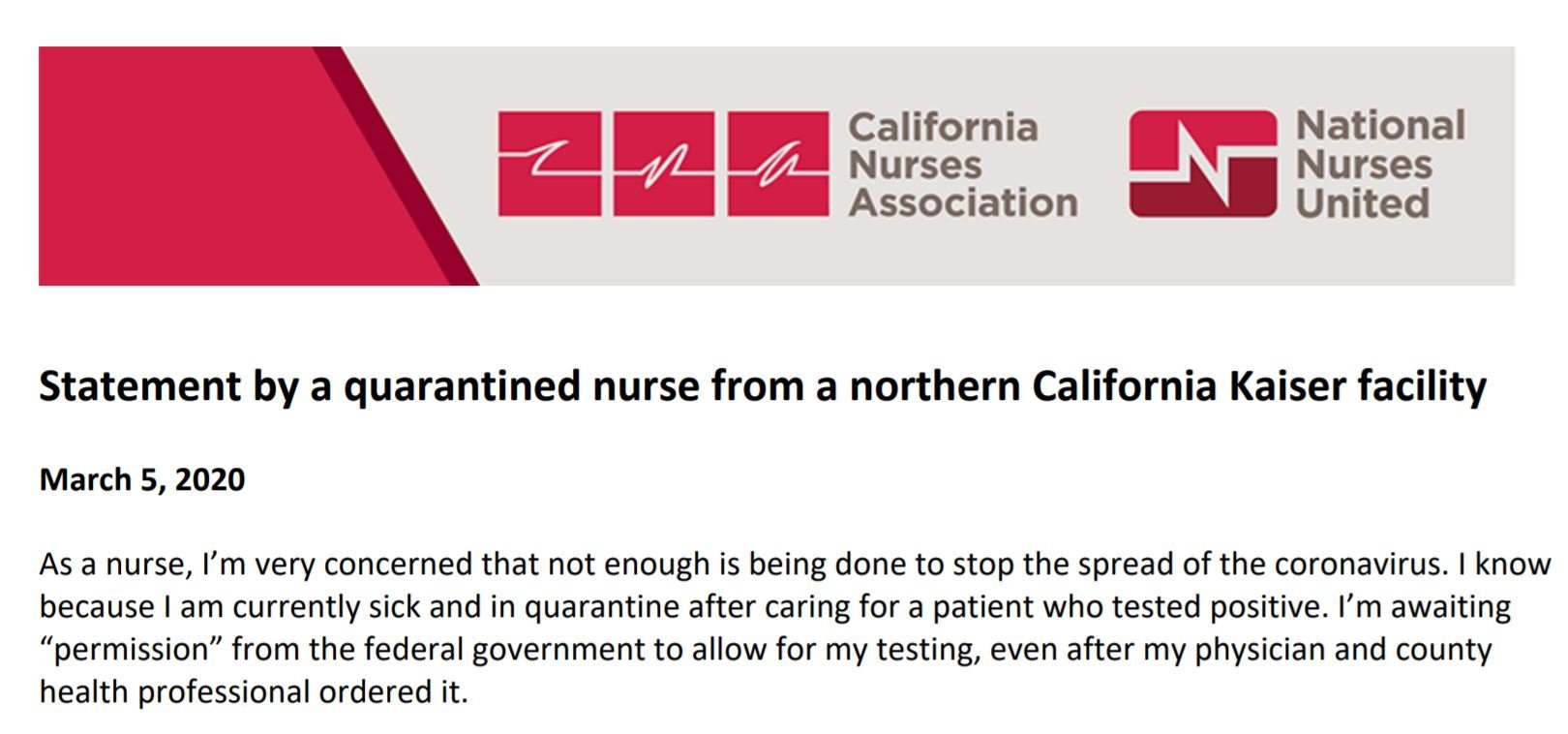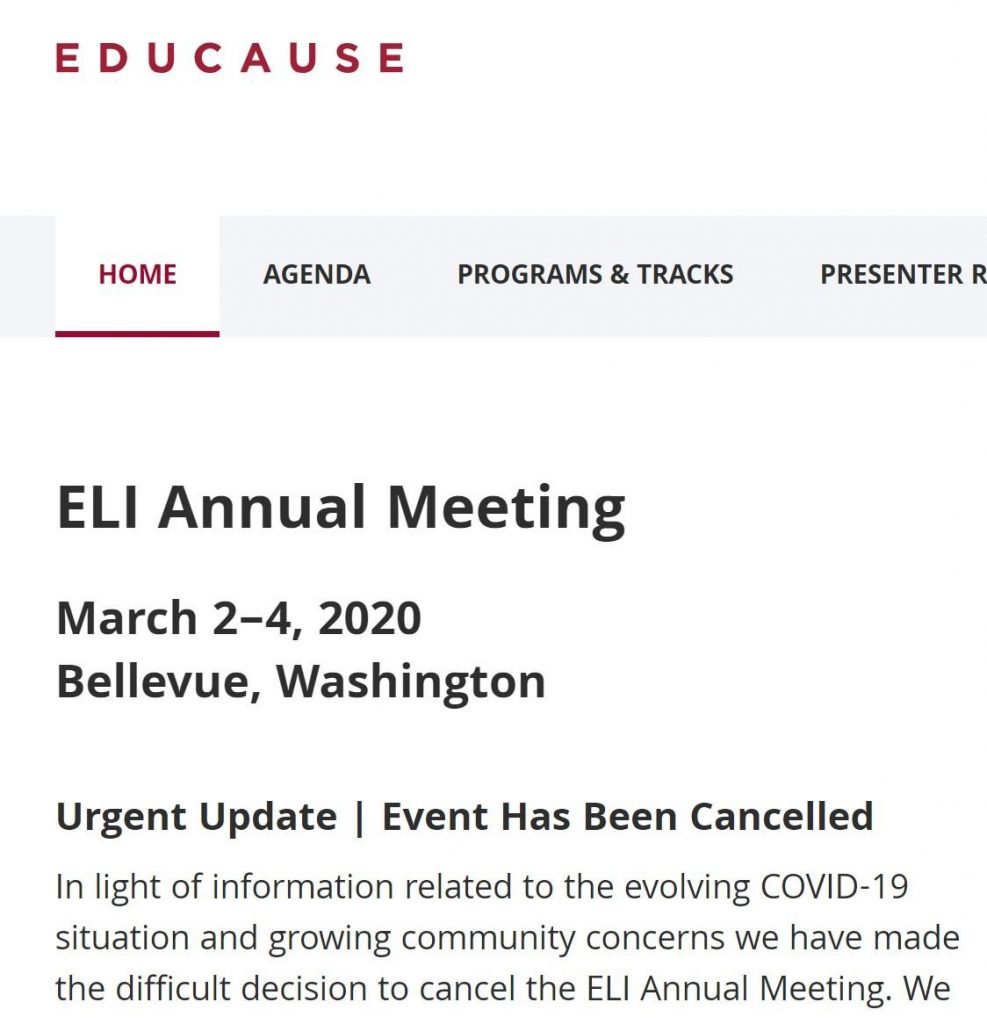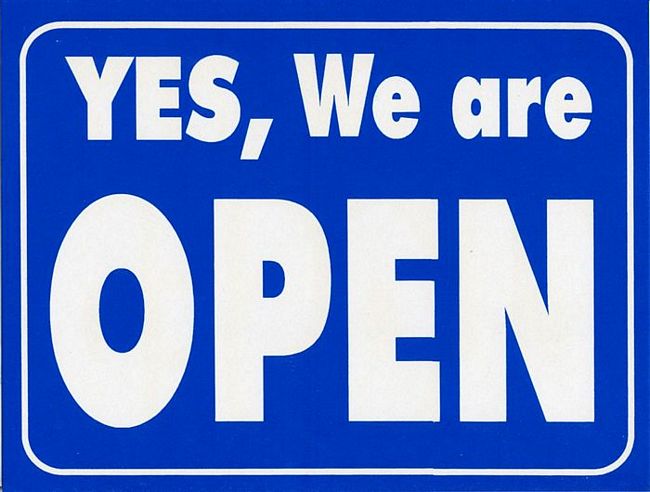To begin with, I’m sorry. I know how gross it is when companies try to take advantage of a crisis. I assure you that is not the case here, but I get it.

We all saw the recent headline that Amazon had taken down over a million products which were glomming onto the reality we are all facing (and rightly so). And like you, it made me angry that people price gouged ($88 for a bottle of Purell?!) or put up misleading and/or outright dangerous assertions about products to aid in something they could not legitimately help with. I really get the fine line that we are skating here. Sincerely.
But second, the title is right. Campus can help. Period.
Before I show you how, let me give the necessary context. Then we can jump in.
Two days ago, I read in the Times Higher Education that some institutions are considering closing for a time to help stop the spread and the threat to their college or university. Within two days, that theory had become reality, with 20 colleges or universities already announcing physical closures. The story was correct in asserting that America (which has more institutions of higher education than anywhere in the world), will be faced with disruption at a huge scale.
I also follow the news, like most of you do, hearing coronavirus or COVID-19 at every turn. That means I also know our government and our medical professional community are at odds, with the former saying everything is under control while the latter is saying that we are in store for some real trouble.

If you want to see the stark contrast between the government’s reality and health care’s reality, I urge you to read this heartfelt letter from a nurse who believes she has the virus after taking care of an already identified patient (as corroborated by her doctor and the county health department) but who cannot be tested because bureaucracy is preventing the test from happening. I first read the story attached to a tweet from George Siemens (the original MOOC creator) who noted, “This is why USA COVID-19 numbers are so low. They’re going to explode in the next few weeks.”

Already, three major national education conferences for higher education have been cancelled.
In fact, I just returned from League for Innovation’s conference in Seattle, WA. But the day I arrived, I read that another conference (ELI, an Educause conference), which started the day after League and just a few miles down the road, had been cancelled. Dozens of educators were already in Washington and had to work with airlines to turn around and head back home. Already, three major national education conferences for higher education have been cancelled.
I read in my daily Axios feed that the NCAA is actually considering holding March Madness games in empty arenas, instead providing only tv coverage. Wow. I know there are some academics who disdain the entire sport-centric nature of college in America, but regardless, the economic impact of that kind of disruption would be felt.
But perhaps most importantly, let me also add something that may be disheartening, but is of crucial importance. While some leaders in the government have (correctly) asserted that viruses such as this tend to slow in the late Spring and Summer months due to rising temperatures, what they have not mentioned is that those same viruses tend to come back bigger and more damaging the next Fall / Winter. As it takes 18 months or more to create a vaccine, the large scale disruptions to higher ed may not be before graduation of 2020, but instead be to the 2020/21 school year.
And finally, let me state the important. All of this is projection and conjecture at this point. But while it is quasi-theoretical, the assertions are based on modeling and a litany of historical reference. Sure, there will be a few conspiracy theorists out there who claim all of this is some kind of large scale plot to drive X, Y, or Z. But for reasonable people, that kind of thinking is politically motivated at best. It might be less hollow to say that one party was spreading worry about this to harm another party if not for the fact that numerous other countries, who care nothing for America’s political issues, are taking severe and serious measures around COVID-19. So, from my perspective, having read any number of news outlets, and especially when taking politics out of the equation as much as possible, it seems reasonable to assume that our lives will be disrupted and that higher education will also be disrupted.
Which leads us back to Campus.
As many of you know, before coming to Campus, I was a Chief Innovation Officer for a University. In fact, I implemented the Campus platform at Saint Leo University to better connect our students, faculty, and staff to everything they needed, from platforms to groups to support and beyond. I can give you the pitch with great conviction because the results we saw were both broad and deep. But one of those results speaks directly to the impending context higher education faces today.
In 2017, my family and I experienced our first hurricane. Tampa Bay, at least historically, has not had many hurricanes. While climatologists believe that trend is likely no longer the case with both more and bigger hurricanes coming throughout the region, in 2017 we saw three hurricanes impact our school, one of which flew directly over the main campus.

I need not go into detail about the damage and impact of the storm here, but it was as you might imagine. We were directly in its path. However, there was one notable difference for the institution. For the first time, we had significantly better communication in and around the event than we had previously. Why? Basically because all communication prior to our new Learning Ecosystem (which used Campus as the central hub) had been email. (You know, the modality most disliked by today’s students…) That was the single channel our school used to communicate with students during an emergency. (Just like 99% of institutions use to communicate with students all the time…)
But in 2017, we were able to communicate with targeted groups through the Campus tool in an omni-channel way. Throughout the emergency and ensuing disruptions, we could send out text messages, in-app push notifications, AND email. We heard back from students that they were receiving messages even when they could not access email, ensuring they knew when courses were pausing and resuming, when campuses were closing, etc.
At the same time, departments were able to communicate with students in a far superior fashion as the departments who used Campus for their own Group pages had full access and authority to field questions, push out messages, make announcements, etc.
Did we use other tools? Sure we did. We reposted messages in the LMS and asked professors to repost announcements when we could. But it was Campus that allowed us to cut through the noise and get to the heart of the problem, communicating with every online, on-campus, and satellite campus (center) student, faculty member, and staff member alike. So, like many non-education organizations had figured out long ago, a solution like this could change the game.

Campus allows everyone to stay connected virtually, no matter what else may be happening physically. Campus allows business continuity to remain intact, even if physical presence is disrupted.
See, at the end of the day, Campus may best be considered a “digital campus” for your school. Campus allows everyone to stay connected virtually, no matter what else may be happening physically. Campus allows business continuity to remain intact, even if physical presence is disrupted. Through a myriad of tools, from direct messaging to group management to calendar feeds to email widgets to push notifications to task management and beyond, Campus really can help mitigate the problems which will come from closures. In other words, while you may close a physical location, you can absolutely remain open and working throughout.
In the upcoming days you will likely read about similar, business-oriented tools offering to help with these same disruptions in the commercial sector. They likely can. But just like commercial companies will utilize such collaboration tools instead of trying to rely on their training system or learning management system for cross-company, cultural messaging while employees work from home, a college or university should likely do the same. Learning platforms just aren’t built for stuff like that. However, what Campus offers is a square hole for that square peg. Campus is made for exactly that kind of collaboration, engagement, and interaction.
In other words, Campus can help.
I know we are treading into uncharted territory. But how cool is it to live in a time when schools can (relatively) easily cancel physical classes without disruption? Between Campus and the LMS, your school can continue helping students, fixing problems, communicating information, and more, with relative ease. And while there are more benefits going beyond all of this (like data and personalization and community building and more), Campus really can make a difference during a crisis like this.
So once again, we’re all sorry that we find ourselves in this predicament. But as you race to get ahead of it all, we hope you will reach out and see how we can help. We have former academic administrators who have sat where you sit and we know what you are going through. Between our people and our super-modern, hyper-connected platform and apps, we truly can help.
Good luck and good learning.
Dr. Jeff D. Borden – Chief Academic Officer at Campus
{{cta(‘f3efec4f-e79e-4379-abbb-f689b57346fe’,’justifycenter’)}}
